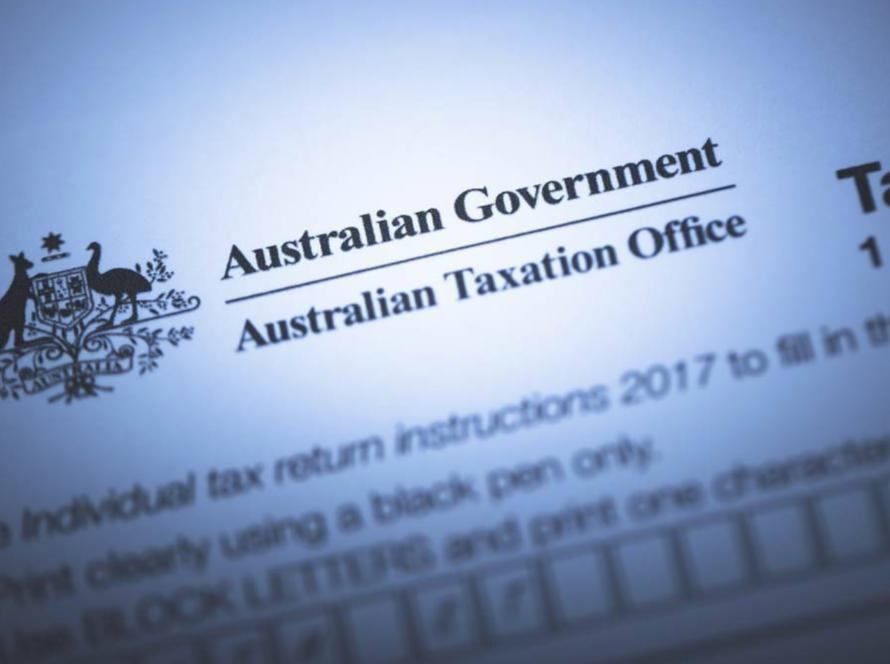Increased turnover and sales in your café, takeaway or restaurant does not equate to increased profit.
Too often as business owners we focus so heavily on increasing our sales in the hope that our business will become more profitable, when the unwanted truth is often not in the turnover but the efficiency of the business.
An inefficient business that makes small sales or a small turnover has the potential through small oversights to make small losses. Conversely a large inefficient business making large sales and large turnovers has the
propensity to make large losses. I call this the rule of relative inefficiency. Profits will only ever be relative to sales when you’re business is running efficiently. That is when your wages, cost of goods purchased, and overheads are relative to your sales. I have seen and also owned and run small well run cafes that have been more profitable than larger more inefficient cafes. Try
the following principal to help you tighten the bolts on your hospitality business:
Investigate Pareto’s Principal, the 80/20 rule and how it applies in your business. Pareto’s law suggests that the 20 percent of something will be vital to your business and the 80 percent trivial or that 20 percent of your effort will result in 80 percent of your results.
One example of Pareto’s law in the instance of café, takeaway and restaurant management dictates that 20 percent of your products can be attributable to a greater level of profit than the other 80 percent of your stock. I was looking over my Coke ordering the other day and identified the 80/20 rule clearly there. The vital 20 percent was in the sales of black coke and water, which far outweighed the sales of all other coke varieties. I have also identified Pareto’s law in the gross profits our products generate. If you consider that perhaps as in the example of Coke sales above that you are making little gross profit on the sales of the 20 percent (Black Coke and Water) but you are making a good gross profit on the other 80 percent of coke products. You may find overall your cost of goods sold as a percentage of turnover isn’t too good. With the required adjustments on either the purchase price, the sale price or both on the 20 percent you will likely see a marked improvement to your overall bottom line.
If you consider that 20 percent of something is potentially responsible for 80 percent of the results, as a business owner or manager you should be spending some time considering whether or not you’re allocating more of your time to the 20 percent or the 80%. You should consider outsourcing or delegating the 80 percent of tasks that are essentially trivial and largely inconsequential and focusing on the 20 percent that counts towards your business growth.
Consider the following applications also 80 percent of your stock comes from 20 percent of your suppliers. Are you misallocating your time with suppliers? Also 80 percent of your sales will come from 20percent of your staff. How should this affect your roster? 20 percent of your staff will cause 80 percent of your problems, but another 20 percent of your staff will provide 80 percent of your productivity. Can this aid in cutting back rosters? Absolutely, but you must learn to identify the attributable 20 percent.
What Pareto’s principal is ultimately trying to teach
us is to focus on the 20 percent that matters and remember that often 20 percent of something is responsible for 80 percent of the result. Do this and your business will profit.




